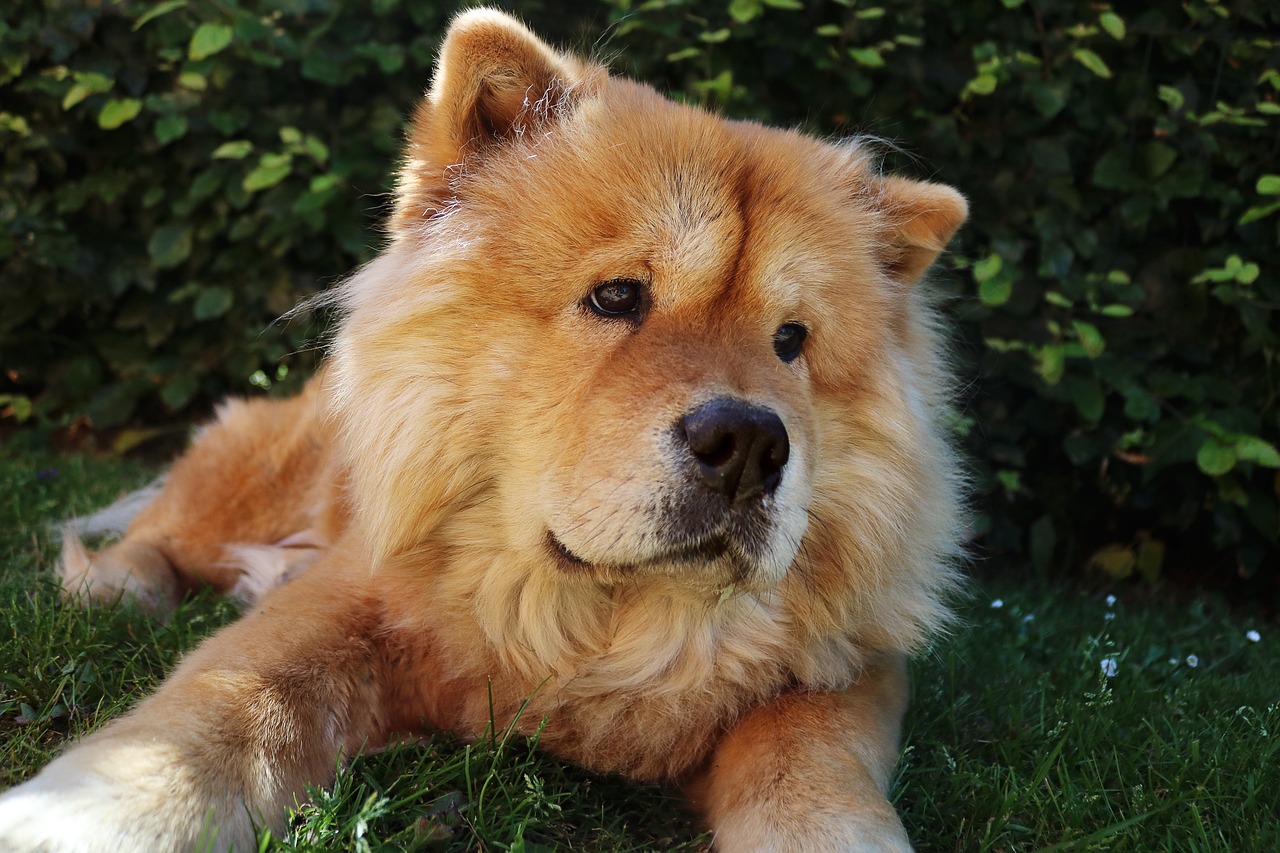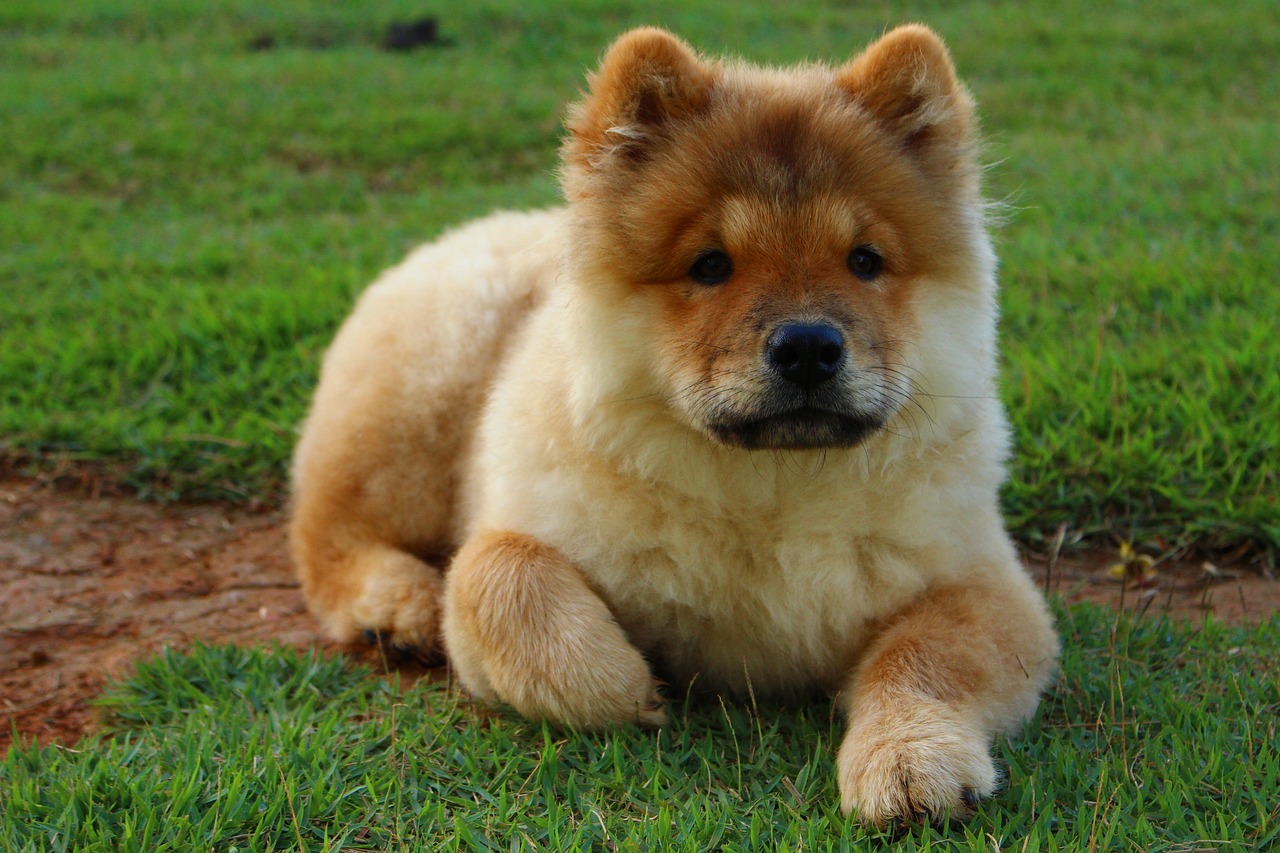Determining the best age to spay a female Chow Chow is an important decision that affects her health and well-being. This article explores the veterinarian consensus on the ideal age for spaying, the advantages and disadvantages of spaying at different stages, and alternatives to traditional spaying methods.
Veterinarian Consensus on Spaying Age
The general recommendation among veterinarians is to spay female dogs, including Chow Chows, before their first heat cycle, typically around six months of age. This recommendation aims to minimize health risks such as mammary cancer and pyometra, a serious uterine infection. However, each Chow Chow’s health and the breed’s specific characteristics might influence this decision.
Advantages of Early Spaying
- Reduced Cancer Risk: Spaying before the first heat cycle significantly decreases the risk of mammary tumors and ovarian and uterine cancers.
- Prevention of Pyometra: Pyometra, which can be life-threatening, is entirely preventable through spaying.
- Behavioral Stability: Early spaying can help in managing behaviors associated with the heat cycle.
Disadvantages of Early Spaying
- Orthopedic Concerns: While less of a concern in medium-sized breeds like Chow Chows, early spaying may still impact bone and joint development.
- Risk of Obesity: Altered metabolic rates post-spaying can lead to obesity, which requires careful diet and exercise management.
- Urinary Incontinence: There is a slight risk of urinary incontinence with early spaying, but this varies among individual dogs.
Advantages of Later Spaying
- Full Physical Development: Allowing the Chow Chow to mature before spaying ensures complete physical development.
- Reduced Orthopedic Risks: Delaying spaying might reduce the risk of certain orthopedic conditions.
Disadvantages of Later Spaying
- Increased Health Risks: Delaying spaying increases the risk of developing mammary tumors and reproductive diseases.
- Risk of Unwanted Pregnancies: This can contribute to overpopulation and health complications.
Alternatives to Traditional Spaying
- Ovary-Sparing Spay: This method involves removing the uterus but keeping the ovaries, maintaining hormonal balance while preventing pregnancy.
- Laparoscopic Spay: A less invasive surgical option involving smaller incisions, potentially suitable for medium-sized breeds like Chow Chows.
- Chemical Sterilization: More commonly used in males, this method is being explored for female dogs.
- Hormonal Birth Control: While not a permanent solution, this can prevent heat cycles temporarily but is not widely recommended due to potential side effects.
Special Considerations for Chow Chows
Chow Chows are known for their distinctive appearance and independent nature. These traits, along with their specific health profile, should be considered when deciding the best age for spaying. Consulting with a veterinarian familiar with the breed is crucial.
Conclusion
Deciding when to spay a female Chow Chow involves balancing the benefits of early spaying, such as reduced cancer risks, against potential disadvantages related to growth and development. It’s important to consider the individual dog’s health, lifestyle, and the specific traits of the Chow Chow breed. Consulting with a veterinarian and considering alternatives to traditional spaying can lead to the best outcome for your pet.
Frequently Asked Questions A Chow Chow Owner Might Ask Before Having Their Chow Chow Spayed
1. What is the best age to spay my Chow Chow?
The recommended age to spay a Chow Chow is usually before their first heat cycle, around six months. However, each Chow Chow is unique, and factors like health, size, and breed characteristics should be considered. Consult with your veterinarian to determine the best time for your dog.
2. Are there long-term health benefits to spaying my Chow Chow?
Yes, spaying your Chow Chow offers several long-term health benefits. It significantly reduces the risk of mammary cancer, eliminates the risk of ovarian and uterine cancers, and prevents serious uterine infections like pyometra. Additionally, spaying helps in preventing unwanted pregnancies.
3. What are the potential risks or complications of spaying a Chow Chow?
Potential risks of spaying include standard surgical complications such as infection, bleeding, or adverse reactions to anesthesia. Chow Chows, like other breeds, may also face risks like urinary incontinence or weight gain post-spaying. Discuss these risks with your vet to ensure a safe procedure.
4. Will spaying change Chow Chow’s behavior?
Spaying can lead to some changes in behavior, primarily by reducing behaviors associated with the heat cycle, such as mood swings or territoriality. However, it is unlikely to change your Chow Chow’s overall personality significantly and can lead to a more stable and predictable temperament.
5. What is the recovery process like after spaying a Chow Chow?
The recovery period after spaying a Chow Chow usually lasts about 10 to 14 days. During this time, it’s essential to keep your dog calm and limit their physical activities for proper healing. Your veterinarian will provide specific instructions for post-operative care.
6. Are there any alternatives to traditional spaying for Chow Chows?
Alternatives to traditional spaying include ovary-sparing spay, which leaves the ovaries intact but removes the uterus, and laparoscopic spaying, a less invasive surgical method. These alternatives might suit some dogs but should be discussed with your veterinarian.
7. How will spay affect Chow Chow’s weight and metabolism?
Spaying can lead to a decrease in metabolic rate, which might result in weight gain. As maintaining a healthy weight is essential for Chow Chows, it’s crucial to manage their diet and exercise routine closely after spaying.
8. Can spaying prevent future health issues in Chow Chows?
Yes, spaying can prevent various health issues in Chow Chows, notably mammary tumors, pyometra, and other reproductive system cancers. By eliminating the risk of these conditions, spaying contributes to a longer, healthier life for your dog.
9. How much does it typically cost to spay a Chow Chow?
The cost of spaying a Chow Chow varies depending on your location, the veterinary clinic, and the specific needs of your dog. Generally, the price can range from $200 to $500. It’s advisable to consult with several local veterinarians for an accurate estimate.
10. What should I expect during my Chow Chow’s spaying surgery?
During the spaying surgery, your Chow Chow will be under general anesthesia. The procedure involves removing the ovaries and usually the uterus through a small incision in the abdomen. The surgery typically takes about an hour, followed by a recovery period at the clinic before your dog can go home.


1 Comment